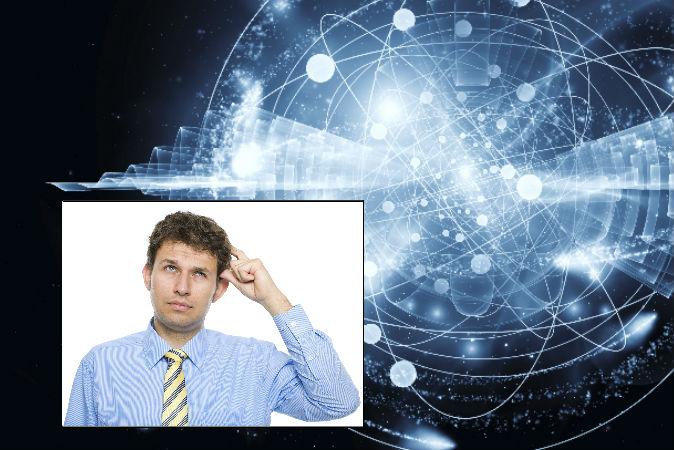Quantum physics is so fascinating that it appeals to a broader lay audience than a lot of other topics in science. It’s also so difficult to grasp and attempts to simplify it for a lay audience may open it to misunderstanding.
It is invoked to explain all sorts of strange, even paranormal, phenomena. Yet these explanations are often based on misconceptions about quantum physics. Quantum physics may indeed have the potential to explain such phenomena, since much remains to be discovered about it. But it is important to remain clear on what it does and does not actually claim at this point in its development.
1. No Indication That Entanglement Transfers Information
Quantum entanglement is a phenomenon in which pairs or groups of particles that have been in contact with each other seem to remain connected over vast distances. When actions are performed on one of the particles, corresponding changes are observed on the others.
Some have said that this entanglement may explain psi phenomena (psi refers to psychic phenomena, including telepathy, clairvoyance, et cetera).






